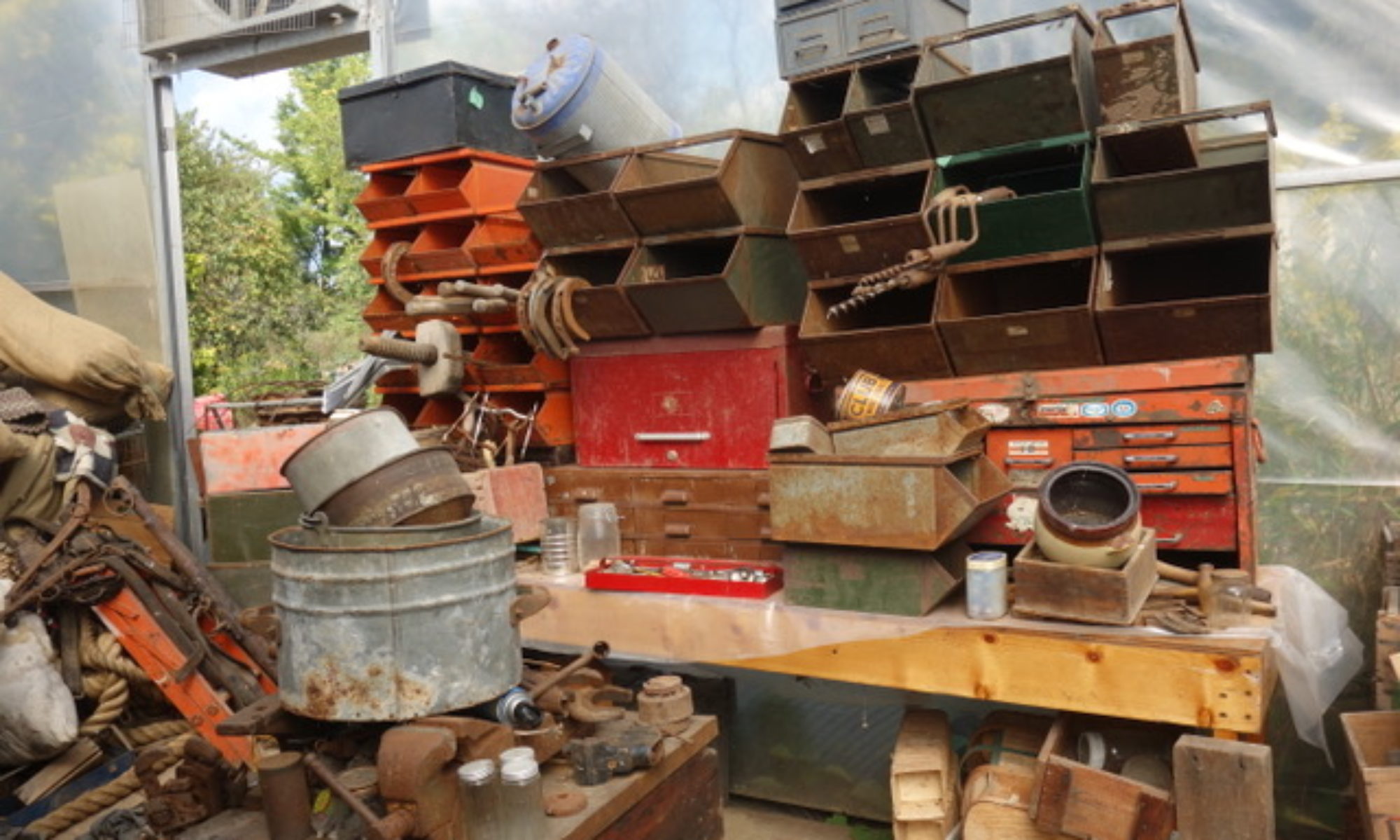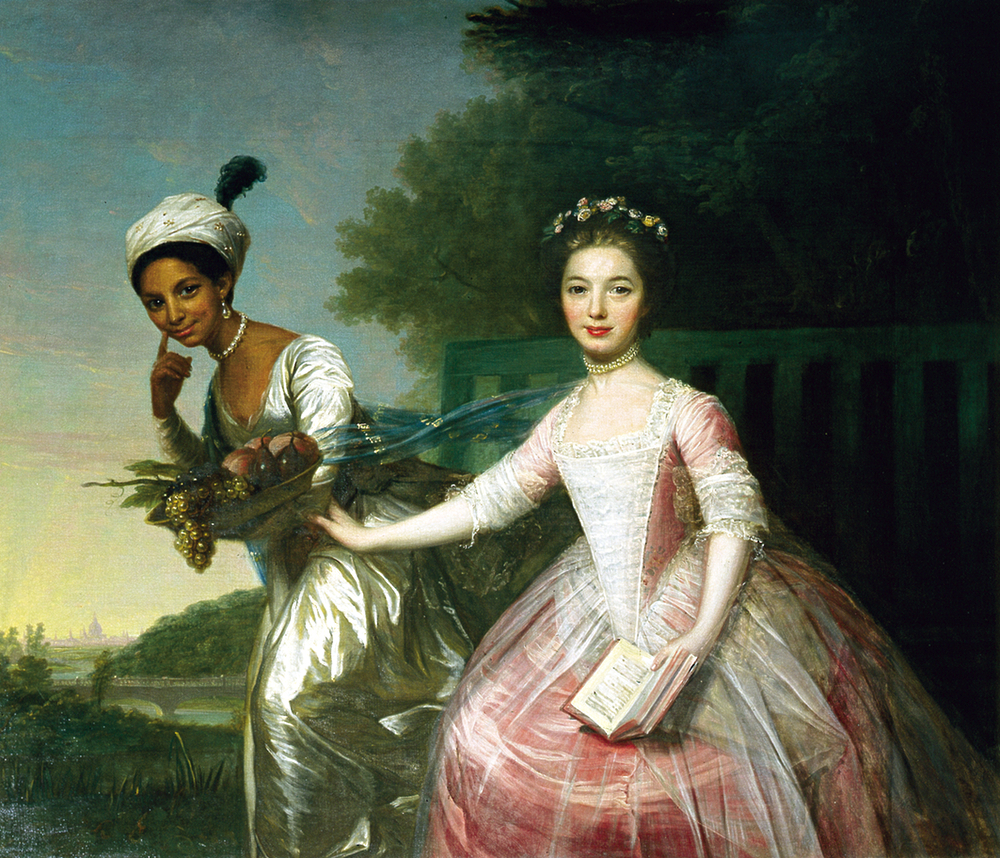EPISODE 856 DIDO ELIZABETH BELLEAlan skeochjuly 13, 2023What captures your attention when you look at this 18th century painting??“Who is the brown skinned lady in this paining?”“Her name was Dido Elizabeth Belle and she was born in 1761 in the British West Indies.’“What is startling about her ?”“Off the top, she is very pretty.”“And?”“And she seems totally relaxed with the white girl…they seem to be good friends.”“Why is that remarkable?”“Slaves were expected to defer to their owners in the 18th century, yet this brown girlseems to be good friend … certainly not a slave. I think the girls are sharing conversation.As a mater of fact, the brown skinned girl named Dido is even more relaxed than the white girl. I would haveexpected the reverse in that century. Seems like they are both sharing a secret conversation.they are equal, ..I would even go so far as to say the black girl is dominant..so totallyrelaxed. So unlike a slave.”“Do you know who she was?”“No”“Here name was Dido Elizabeth Belle.”“She was a remarkable young lady…a lucky young lady”“How so?”“She may have influenced the abolition of slavery in England.….her early life was startling.”
HISTORY OF DIDO ELIZABETH BELLE
‘her mother, whose name is believed to be Maria Bell, was a slave in the West Indies. The year that Belle’s parents met is not known, nor is it clear that their relationship was consensual. Belle’s baptism records yield no information about her father which indicates she was considered an illegitimate child.
Upon the death of Maria Bell, John Lindsay in 1766 requested that Belle be entrusted to his uncle, Lord Mansfield, who was already raising his young great-niece, Elizabeth Murray, due to her mother passing and her father’s serving the Crown as an ambassador first to Austria and later to France. The addition of Belle to Lord Mansfield’s household provided Elizabeth Murray with a playmate. Belle’s role in the household seemed to have been as Elizabeth’s lady’s companion rather than her lady’s maid. While in the household she received an education and an annual allowance of £30, several times the wages of a domestic servant. As an adult she managed the estate’s dairy and poultry yards and helped Lord Mansfield with his correspondence, a task normally assigned a male secretary or clerk.
Dido Elizabeth Belle spent nearly three decades at Kenwood House, the home of the Murray family. The best insight into Belle’s life with Lord Mansfield comes from Thomas Hutchinson who visited Kenwood House in 1779 when she was around 18 or 19. While dining with Mansfield, Hutchinson was surprised to see Belle, a woman of black ancestry, sitting with the ladies drinking coffee and later going on a walk with her arm locked with another woman. An American guest reported, however, that Belle was not allowed to dine with the family.
In 1784, Belle witnessed the death of Lady Mansfield and the following year the marriage of Lady Elizabeth Murray to a distant cousin, George Finch Hatton. She remained at Kenwood House, however, for nearly another decade, finally leaving the estate upon the death of Lord Mansfield in 1793.

